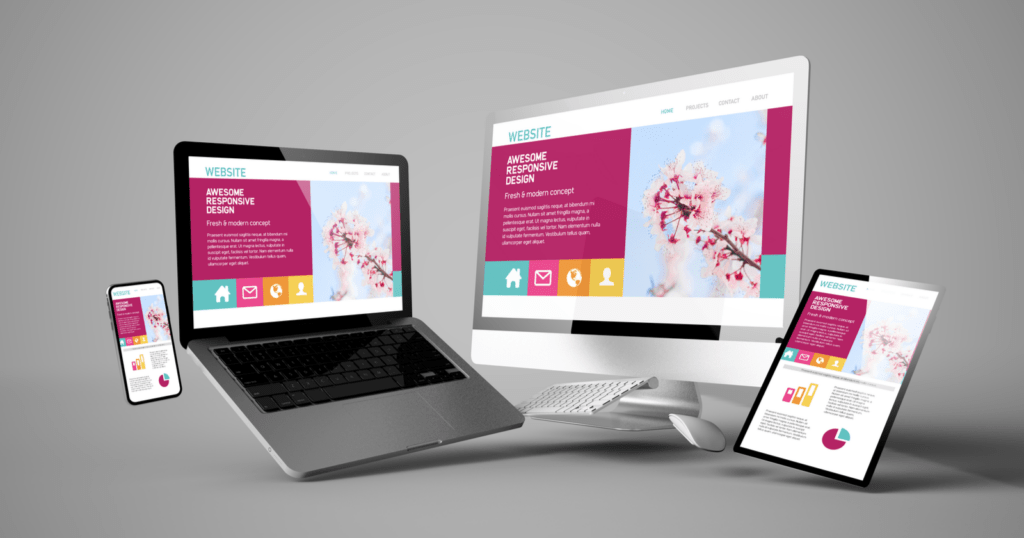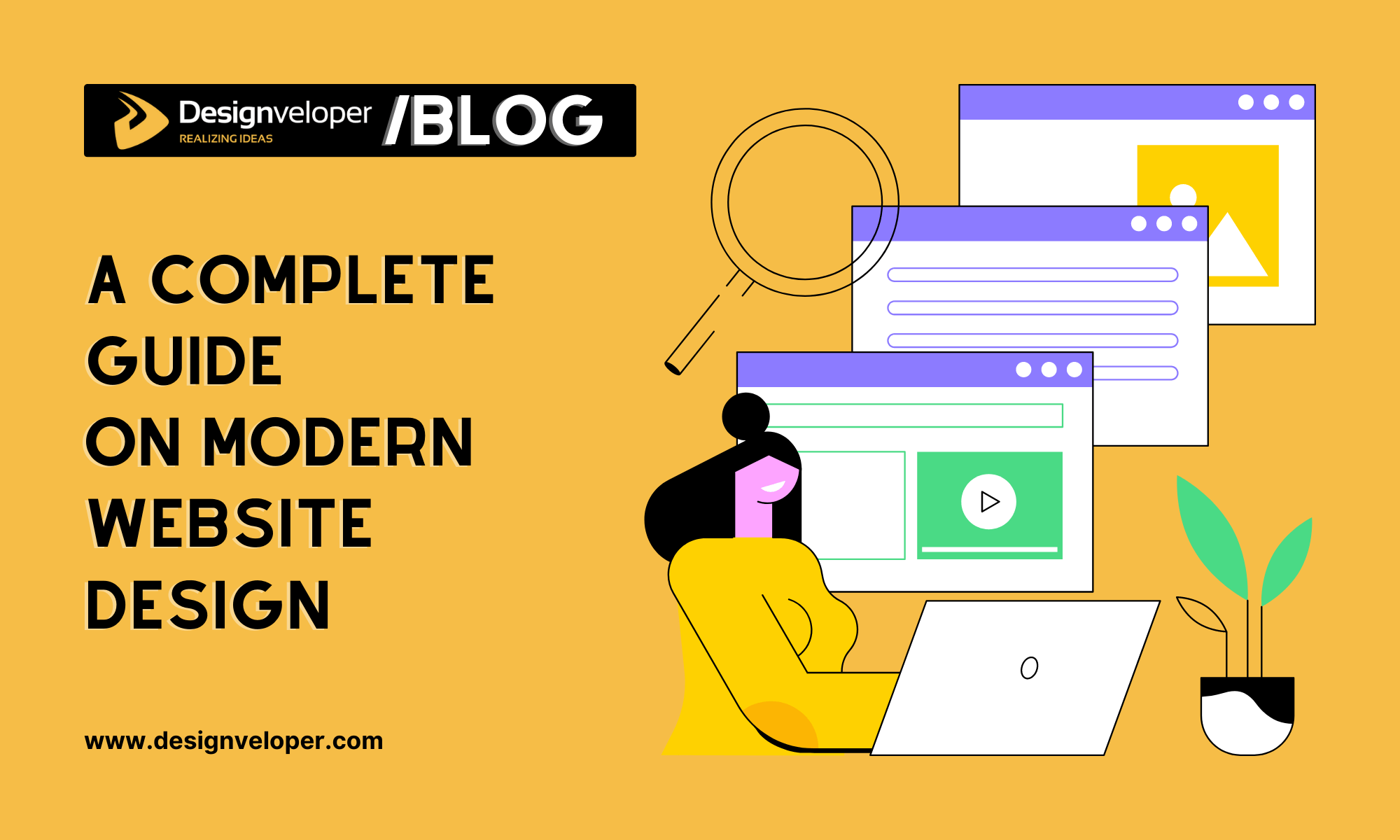Budget-Friendly Website Design Solutions for Medium Businesses
Budget-Friendly Website Design Solutions for Medium Businesses
Blog Article
Leading Tips for Developing an Impactful Internet Site Style That Converts
To accomplish this, one need to take into consideration a variety of aspects, including understanding the target audience, focusing on user experience, and enhancing for mobile platforms. The critical use of compelling call-to-actions and a well-defined visual pecking order plays an important duty in guiding users through their trip.

Understand Your Target Target Market
Understanding your target market is fundamental to reliable website layout, as it prepares for producing an appealing individual experience. Identifying who your users are, including their demographics, choices, and habits, enables developers to tailor the site's content, layout, and functionality to meet specific requirements.
Carrying out detailed market study is crucial in this procedure. Studies, meetings, and analytics can give beneficial understandings into individual assumptions and discomfort points. By assembling this data, designers can create individual characters that represent different segments of the audience, making sure that layout decisions are notified and appropriate.
Moreover, understanding the target audience helps in picking ideal layout components such as color design, typography, and imagery that resonate with users. A site that speaks straight to its target market cultivates a feeling of link and trust fund, encouraging longer check outs and higher conversion rates.
Ultimately, a user-centered method to web site style not just improves customer contentment yet additionally sustains business goals by driving involvement and loyalty. By prioritizing the demands and preferences of the target audience, a website can effectively offer its function and achieve preferred outcomes.
Prioritize Individual Experience
To improve the general effectiveness of a site, prioritizing user experience (UX) is essential (Website Design). A properly designed UX guarantees that visitors can navigate the site effortlessly, discover details quickly, and involve with content meaningfully. This results in enhanced individual satisfaction and higher conversion rates
Begin by applying user-friendly navigating. Menus needs to be rationally structured, allowing customers to situate essential locations of the site with marginal effort. Uniformity in style elements, such as color systems and fonts, cultivates experience, which is important for keeping customer interaction.
Additionally, consider the loading rate of your internet site. A hold-up of simply a few seconds can lead to considerable drop-offs, as individuals are less likely to wait on a slow-loading web page. Streamlining pictures and maximizing code can enhance performance and retain site visitors.
Additionally, quality in material discussion is essential. Use succinct, interesting language and break up message with visuals to boost readability. By prioritizing individual experience, you not only develop a more satisfying atmosphere for site visitors but also strengthen your brand's credibility. Inevitably, an emphasis on UX is a financial investment in the long-term success of your site.
Optimize for Mobile Devices
Optimizing for mobile gadgets is vital in today's digital landscape, where a boosting variety of individuals gain access to websites with mobile phones and tablet computers. A mobile-friendly style not only boosts customer experience yet additionally plays a substantial role in enhancing internet search engine positions. To accomplish this, it is important to take on a receptive layout that instantly readjusts to various display sizes and orientations.

Filling speed is one more vital aspect; mobile individuals are commonly much less patient and anticipate quick accessibility to information. Enhance images and utilize web browser caching to enhance performance. Finally, test your website on several tools and screen resolutions to identify and remedy any prospective functionality problems. By prioritizing mobile optimization, you make certain that your site continues to be affordable and efficiently involves a broader target market.
Usage Engaging Call-to-Actions
A website's performance frequently rests on its capacity to lead site visitors toward preferred actions, making engaging call-to-actions (CTAs) crucial elements of layout. CTAs function as the pivotal points that direct individuals to engage with the website, whether that indicates making an acquisition, enrolling in a newsletter, or downloading and install a source.
To produce efficient CTAs, quality is critical. Usage concise language that clearly communicates the action you desire the individual to take. Expressions such as "Begin," "Authorize Up Free," or "Store Now" not only convey necessity however additionally eliminate ambiguity. The placement of CTAs is equally important; they should be strategically positioned throughout the webpage to ensure they are conveniently noticeable, especially in high-traffic areas.
Additionally, take into consideration using directional hints, such as arrows or photos, to assist users toward these buttons. By concentrating on these elements, organizations can substantially boost individual engagement, driving conversions and eventually achieving their web site's objectives.
Concentrate On Visual Hierarchy
Efficient website design relies greatly on a well-structured aesthetic pecking order that overviews users with content flawlessly. By organizing aspects in a way that prioritizes info, developers can enhance user experience and help with decision-making. This entails using dimension, shade, contrast, and spacing purposefully to attract focus to the visit this site most vital parts of a webpage.
Making use of larger typefaces for headings and subheadings develops a clear distinction between various areas, allowing users to scan content effortlessly. In addition, using contrasting colors for buttons and calls-to-action can capture user interest and motivate communication. Whitespace is an additional crucial element; it protects against mess and makes it possible for users to concentrate on key messages without interruptions.
Pictures and graphics ought to match the text while also adhering to the recognized pecking order, enhancing the general message (Website Design). Uniformity in style aspects, such as color design and typography, further reinforces the visual hierarchy, making navigation user-friendly

Verdict
In verdict, effective site design demands a detailed understanding of the target audience, prioritization of user experience, and mobile optimization. Eventually, a discover this well-executed site style offers as a vital component in driving individual activities and achieving organization goals.
Report this page